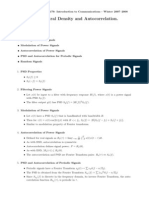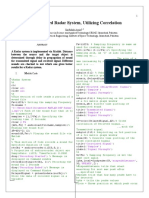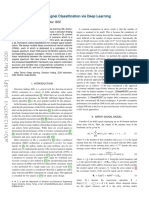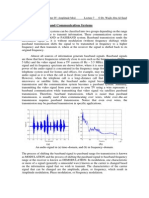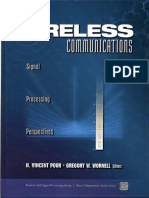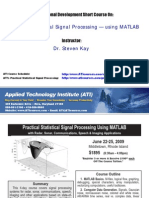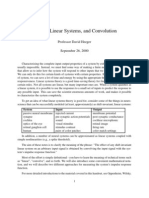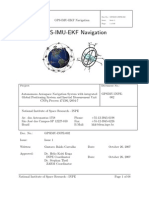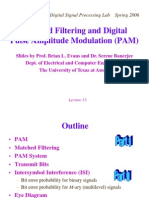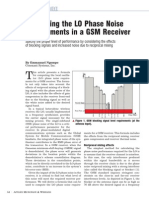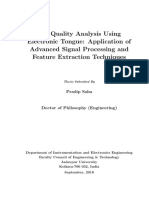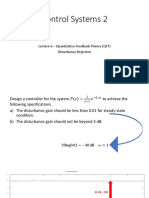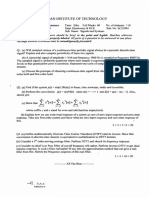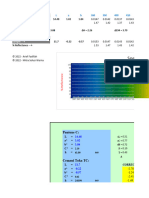0% found this document useful (0 votes)
210 views79 pagesSpectral Estimation
This document discusses different methods for spectral analysis and power spectral density estimation of signals. It introduces non-parametric methods like periodogram, correlogram, and Blackman-Tukey, as well as parametric spectral analysis. It also discusses the bias-variance tradeoff of different methods and how windowing techniques can be used to reduce variance at the cost of increased bias. The goal is to accurately estimate the power spectral density of a signal using as few data samples as possible.
Uploaded by
Santanu GhoraiCopyright
© © All Rights Reserved
We take content rights seriously. If you suspect this is your content, claim it here.
Available Formats
Download as PDF, TXT or read online on Scribd
0% found this document useful (0 votes)
210 views79 pagesSpectral Estimation
This document discusses different methods for spectral analysis and power spectral density estimation of signals. It introduces non-parametric methods like periodogram, correlogram, and Blackman-Tukey, as well as parametric spectral analysis. It also discusses the bias-variance tradeoff of different methods and how windowing techniques can be used to reduce variance at the cost of increased bias. The goal is to accurately estimate the power spectral density of a signal using as few data samples as possible.
Uploaded by
Santanu GhoraiCopyright
© © All Rights Reserved
We take content rights seriously. If you suspect this is your content, claim it here.
Available Formats
Download as PDF, TXT or read online on Scribd
/ 79
